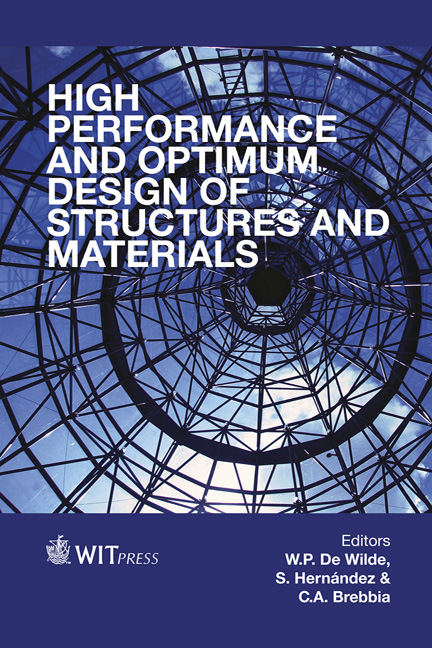Reduction In Permeability Of Concrete, Mortar And Plasters By A Chemical Which Retards Water Percolation And Salt Transfer
Price
Free (open access)
Transaction
Volume
137
Pages
12
Page Range
639 - 650
Published
2014
Size
1,825 kb
Paper DOI
10.2495/HPSM140581
Copyright
WIT Press
Author(s)
B. Sengupta & A. K. Chakraborty
Abstract
Capillary rise, chloride and other salt penetration are the major causes of damage to the structure and are closely related to permeability in concrete and mortar. In fresh concrete, the space between the particles is completely filled up with water. The excess water in pores evaporates after the concrete hardens. The loss of moisture causes the volume of the paste to contract which in turn leads to shrinkage stress and shrinkage cracking. Moisture vapor transmission is also a function of relative humidity gradient between surfaces and permeability of concrete. These result in salt efflorescence, corrosion in metals, alkali aggregate reactions, sulphate attack through formation of gypsum and ettringite, freeze and thaw disintegration, erosion, carbonation, etc. They have a serious destructive effect on the structure as a whole. Heritage and old buildings which are devoid of damp proof courses and anti-termite treatments are highly permeable to all these natural damaging agents and need serious attention. This paper intends to discuss the action of an indigenous chemical when applied in fresh concrete and injected in mortars between brick layers for old and heritage houses. This chemical has been able to reduce the permeability to a substantial extent and many of the problems discussed above were, by and large, eliminated. Keywords: Boral-chemical, permeability.
Keywords
Boral-chemical, permeability.





